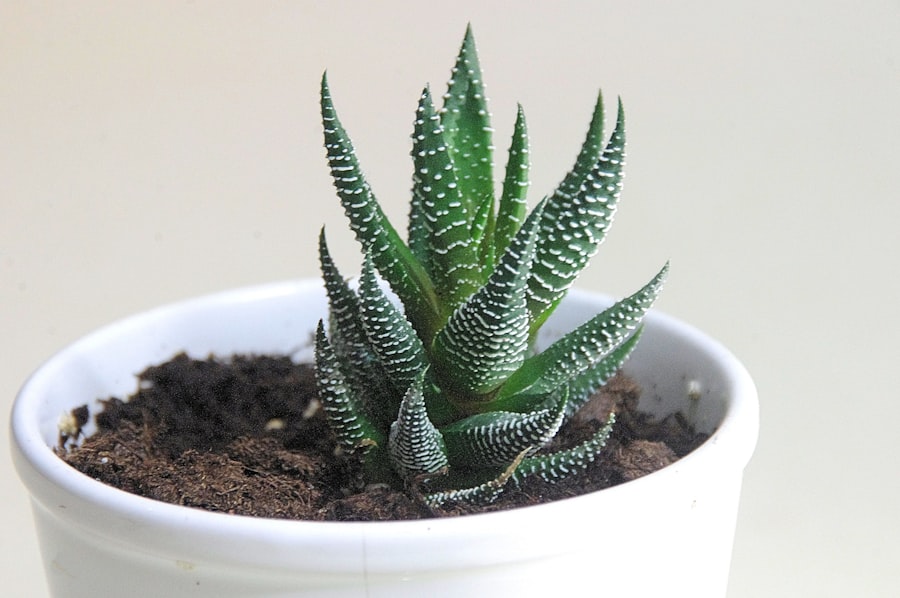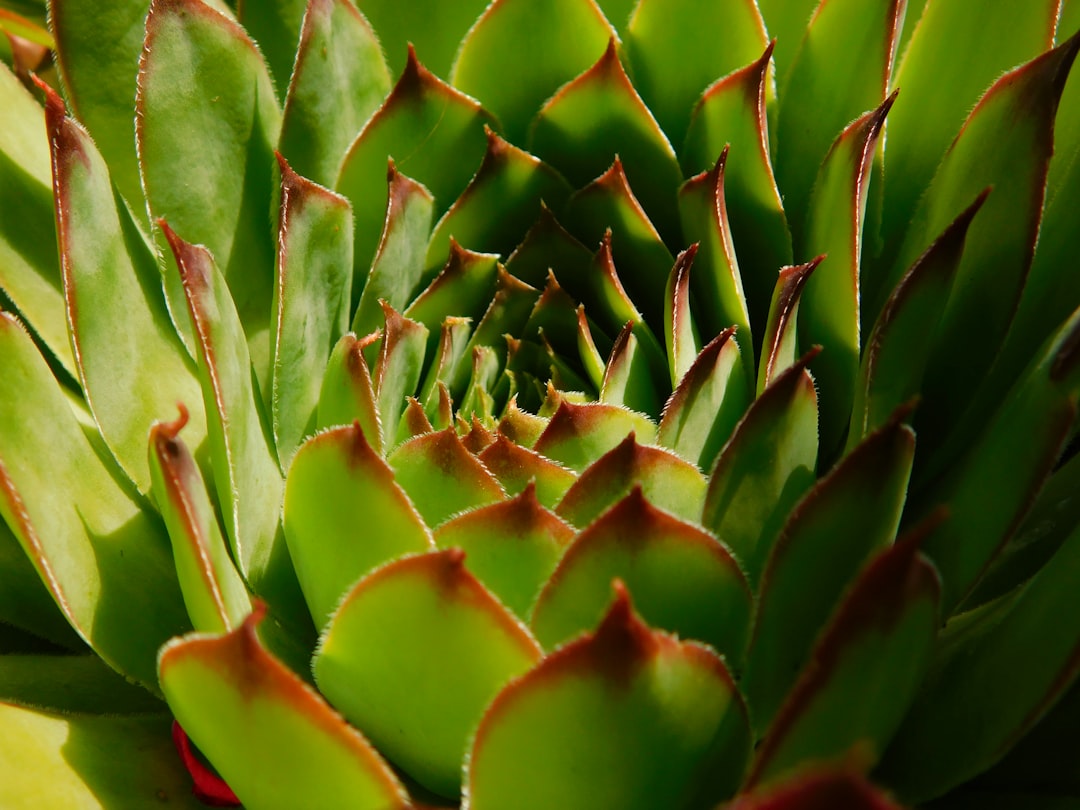Laser hair removal is a popular cosmetic procedure that utilizes concentrated beams of light to target and eliminate unwanted hair. The process works by emitting a specific wavelength of light that is absorbed by the pigment in the hair follicles. This absorption generates heat, which effectively damages the follicles and inhibits future hair growth.
As you consider this treatment, it’s essential to understand that it is most effective on individuals with light skin and dark hair, as the contrast allows the laser to target the hair more efficiently. During your initial consultation, a trained professional will assess your skin type, hair color, and overall health to determine if you are a suitable candidate for laser hair removal. They will explain the procedure in detail, including the number of sessions you may need for optimal results.
Typically, multiple treatments are required because hair grows in cycles, and the laser can only effectively target hair in the active growth phase. Understanding this cycle is crucial as it sets realistic expectations for your treatment journey.
Key Takeaways
- Laser hair removal targets hair follicles with concentrated light to inhibit future hair growth
- Shave the treatment area before the appointment and avoid sun exposure and tanning beds
- Apply soothing creams and cold compresses to alleviate discomfort and redness after treatment
- Side effects may include redness, swelling, and itching, but these typically subside within a few days
- Use sunscreen and protective clothing to shield the treated area from sun exposure and avoid hot showers and saunas for 24-48 hours
Preparing for Laser Hair Removal Treatment
Preparation for laser hair removal is a vital step that can significantly influence the effectiveness of the treatment. Before your appointment, you should avoid sun exposure for at least two weeks. Tanning, whether from the sun or tanning beds, can increase the risk of complications and reduce the efficacy of the laser.
Additionally, you should refrain from waxing or plucking hair in the treatment area for at least four weeks prior to your session, as these methods remove the hair follicle that the laser targets. On the day of your treatment, it’s advisable to arrive with clean skin. This means avoiding lotions, creams, or deodorants in the area being treated.
Your practitioner may also recommend shaving the area a day or two before your appointment to ensure that the laser can penetrate effectively without being obstructed by longer hair. By following these preparatory steps, you can help ensure a smoother and more successful laser hair removal experience.
Post-Treatment Care Instructions

After undergoing laser hair removal, proper post-treatment care is essential for achieving the best results and minimizing any potential side effects. Immediately following your session, you may notice some redness or swelling in the treated area, similar to a mild sunburn. This is a normal reaction and typically subsides within a few hours to a couple of days.
To soothe your skin, applying a cool compress can be beneficial. Your practitioner may also recommend specific soothing creams or gels to help alleviate any discomfort. In the days following your treatment, it’s crucial to keep the treated area clean and moisturized.
Avoid using harsh soaps or exfoliants that could irritate your skin.
Additionally, refrain from engaging in activities that may cause excessive sweating, such as intense workouts or hot baths, for at least 24 hours post-treatment.
By adhering to these care instructions, you can promote healing and enhance the effectiveness of your laser hair removal.
Managing Discomfort and Side Effects
| Discomfort and Side Effects | Metrics |
|---|---|
| Number of patients experiencing discomfort | 235 |
| Types of side effects reported | nausea, fatigue, headache, dizziness |
| Severity of discomfort on a scale of 1-10 | 6.5 |
| Number of patients requiring intervention | 78 |
While many individuals tolerate laser hair removal well, some may experience discomfort during and after the procedure. The sensation can vary from person to person; some describe it as a slight snapping feeling akin to a rubber band against the skin. If you are particularly sensitive to pain, discuss this with your practitioner beforehand.
They may offer topical anesthetics or cooling devices to help minimize discomfort during the session. In terms of side effects, while most are mild and temporary, it’s important to be aware of them. Common side effects include redness, swelling, and minor irritation in the treated area.
In rare cases, you might experience blistering or changes in skin pigmentation. If you notice any unusual symptoms or if side effects persist beyond a few days, it’s crucial to contact your practitioner for guidance. They can provide advice on how to manage these issues effectively and ensure that your recovery is on track.
Protecting the Treated Area from Sun Exposure
One of the most critical aspects of post-laser hair removal care is protecting your skin from sun exposure. After treatment, your skin will be more sensitive and vulnerable to UV rays, which can lead to complications such as hyperpigmentation or burns. To safeguard your skin, it’s advisable to avoid direct sunlight for at least two weeks following your session.
If you must be outdoors, wearing protective clothing and seeking shade can help minimize exposure. Additionally, applying a broad-spectrum sunscreen with an SPF of 30 or higher is essential when venturing outside. This not only protects your skin but also helps maintain the results of your treatment by preventing discoloration and irritation.
Make it a habit to reapply sunscreen every two hours if you are spending extended periods outdoors. By taking these precautions seriously, you can ensure that your skin heals properly and that you achieve the best possible results from your laser hair removal.
Avoiding Certain Activities and Products
In addition to sun protection, there are specific activities and products you should avoid after laser hair removal to ensure optimal healing and results.
Similarly, avoid saunas or steam rooms that could exacerbate swelling or discomfort.
When it comes to skincare products, be cautious about what you apply to the treated area. Avoid using retinoids, glycolic acid, or any harsh exfoliants for at least a week after your session. These ingredients can irritate freshly treated skin and hinder healing.
Instead, focus on gentle moisturizers and soothing products that will help calm any redness or irritation. By being mindful of these restrictions, you can support your skin’s recovery process and enhance the effectiveness of your treatment.
Monitoring and Maintaining Results
Once you have completed your laser hair removal sessions, monitoring your results becomes essential for maintaining smooth skin over time. While many individuals experience long-lasting results after completing their treatment plan, some may notice fine hairs regrowing after several months or years. This is normal due to hormonal changes or other factors affecting hair growth cycles.
To maintain optimal results, consider scheduling touch-up sessions as needed. Your practitioner can help determine how often these should occur based on your individual response to treatment and any regrowth you may experience. Additionally, keeping track of any changes in your skin or hair growth patterns can provide valuable information for future appointments.
By staying proactive about your results, you can enjoy smooth skin for an extended period.
Follow-Up Appointments and Additional Treatments
Follow-up appointments play a crucial role in ensuring that you achieve the best possible outcomes from your laser hair removal journey. During these visits, your practitioner will assess your progress and discuss any concerns you may have regarding regrowth or skin changes. They can also provide guidance on how many additional treatments might be necessary based on your individual needs.
In some cases, individuals may choose to explore additional treatments alongside laser hair removal for enhanced results. For example, combining laser treatments with other methods such as electrolysis can be effective for those with stubborn hair growth in specific areas. Your practitioner can help you navigate these options and create a comprehensive plan tailored to your goals.
By maintaining open communication with your provider and attending follow-up appointments regularly, you can ensure that you achieve lasting satisfaction with your laser hair removal experience.
After undergoing laser hair removal treatment, it is important to follow proper care and recovery instructions to ensure the best results. One helpful article on post laser hair removal care and recovery can be found on In Laser Hair Removal’s blog. This article provides valuable tips and advice on how to take care of your skin after treatment, including avoiding sun exposure, using gentle skincare products, and staying hydrated. By following these guidelines, you can help minimize any potential side effects and achieve smooth, hair-free skin.
FAQs
What is post laser hair removal care and recovery?
Post laser hair removal care and recovery refers to the steps and precautions that need to be taken after undergoing a laser hair removal treatment. This includes managing any discomfort, protecting the skin, and ensuring proper healing.
How long does it take to recover from laser hair removal?
Recovery time from laser hair removal can vary depending on the individual and the area treated. Generally, most people experience redness and mild swelling for a few hours to a few days after the treatment. Full recovery typically takes about 1-2 weeks.
What are the common post-care instructions for laser hair removal?
Common post-care instructions for laser hair removal include avoiding sun exposure, wearing sunscreen, avoiding hot showers and baths, refraining from using harsh skincare products, and keeping the treated area clean and moisturized.
What are the potential side effects of laser hair removal?
Potential side effects of laser hair removal may include redness, swelling, itching, and temporary pigment changes in the skin. In rare cases, blistering, scarring, or infection may occur. It is important to follow post-care instructions to minimize these risks.
How can I manage discomfort after laser hair removal?
To manage discomfort after laser hair removal, you can apply aloe vera gel, take over-the-counter pain medication, use cold compresses, and avoid tight clothing that may irritate the treated area. It is important to follow the specific instructions provided by your healthcare provider.
When can I resume normal activities after laser hair removal?
You can typically resume normal activities immediately after laser hair removal, but it is important to avoid activities that may irritate the treated area, such as excessive sweating, swimming, or using harsh skincare products, for a few days to a week.







